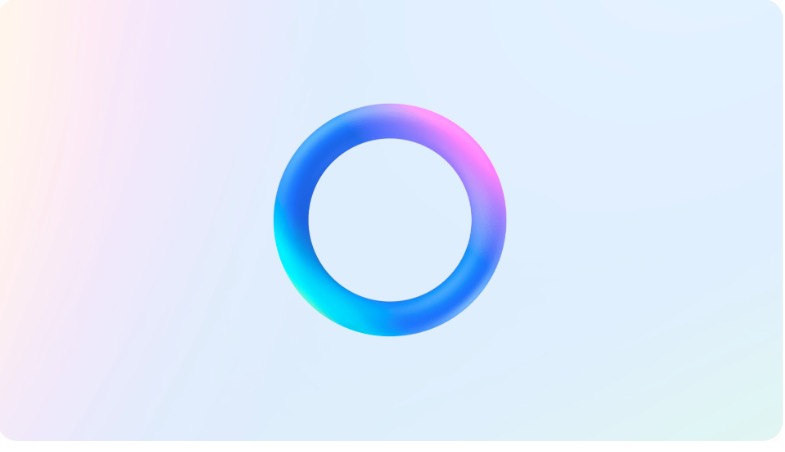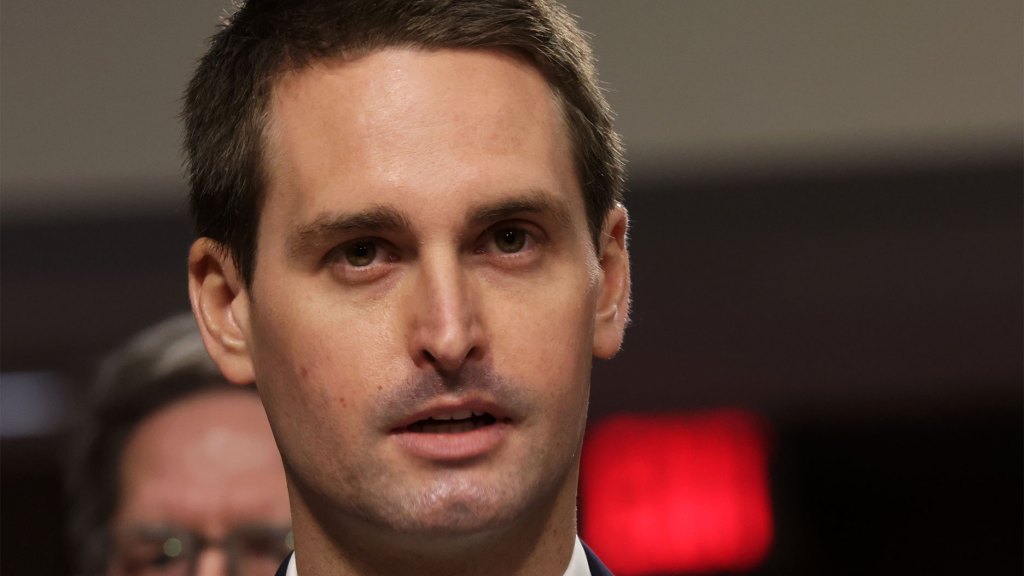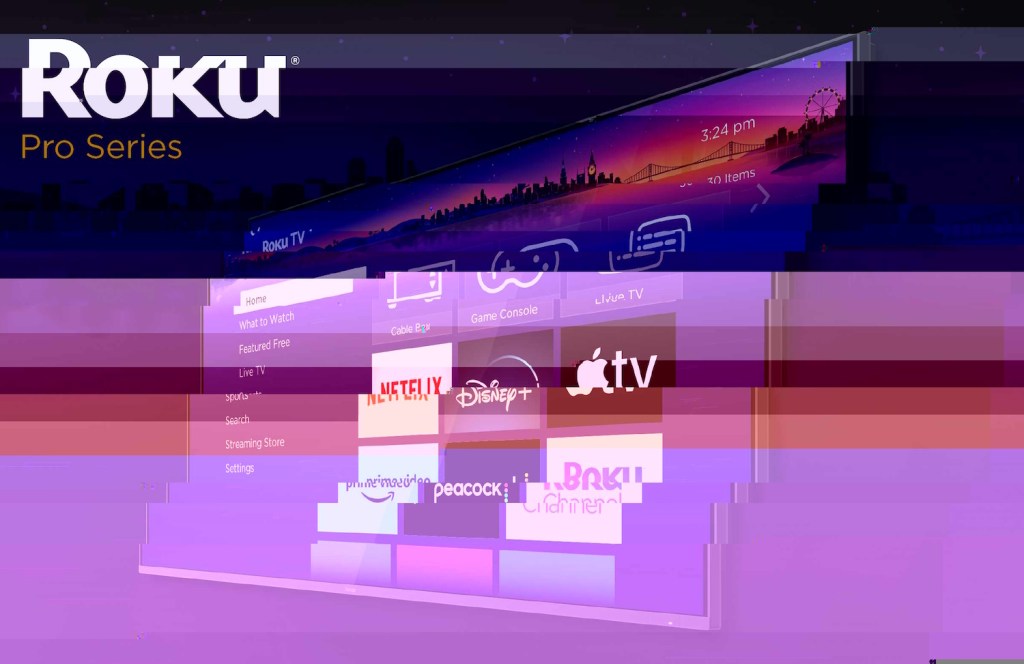
Meta CEO Mark Zuckerberg announced on Thursday that the company will begin to surface AI characters made by creators through Meta AI studio on Instagram. The tests will begin in the U.S.
The social media company’s announcement comes on the same day as a16z-backed chatbot company Character.AI is rolling out the ability for users to talk with AI avatars over a call.
In a post on his broadcast channel, Zuckerberg noted that these chatbots will be clearly marked as AI so users are aware.
“Rolling out an early test in the U.S. of our AI studio so you might start seeing AIs from your favorite creators and interest-based AIs in the coming weeks on Instagram. These will primarily show up in messaging for now, and will be clearly labeled as AI,” he said.
“It’s early days and the first beta version of these AIs, so we’ll keep working on improving them and make them available to more people soon,” Zuckerberg added.
Zuckerberg noted that it worked with creators like the meme account Wasted and technology creator Don Allen Stevenson III to roll out early versions of creator-made chatbots.
In an interview Zuckerberg shared on his social channels, the CEO expanded on the use cases for AI avatars, saying, “There needs to be a lot of different APIs that get created to reflect people’s different interests. So a big part of the approach is going to be enabling every creator, and then eventually also every small business on the platform, to create an AI for themselves to help them interact with their community, and their customers if they’re a business,” he added.
Creators may also want to use AIs to engage with fans, as they don’t currently have time to respond to all the incoming messages.
Still, he admitted that how good the AI avatars will ultimately be is going to become something of an “art form” that evolves and improves over time.
“I don’t think we know going into this, what is going to be the most engaging and entertaining and trust-building formula for this,” Zuckerberg noted. “So we want to give people tools so that you can experiment with this and see what ends up working well,” he said.
Meta will initially begin testing the feature with around 50 creators and a small percentage of users, and will then roll it out to more people over the next couple of months, with the hope of having it fully launched by August.
Meta first announced its AI studio last year at its developer conference to let businesses build custom chatbots.
Additional reporting: Sarah Perez

